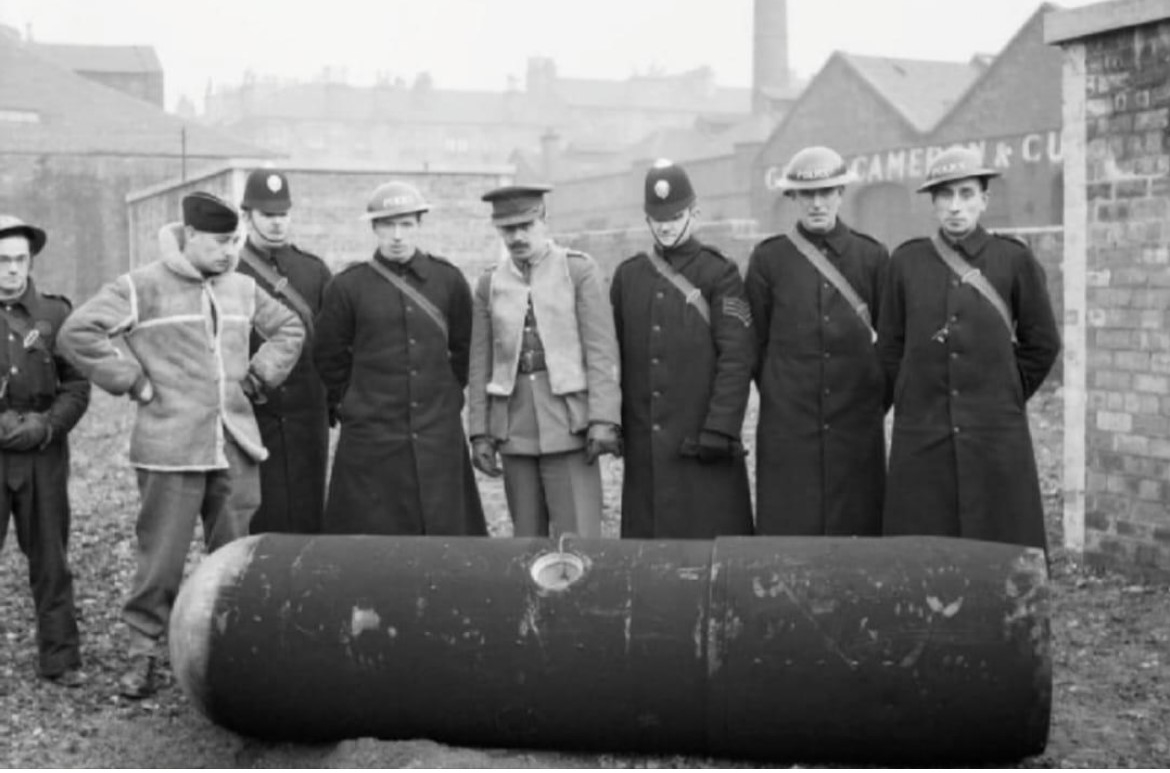
Andrew Coombs has made contact with the Heritage Bank to draw attention to information on a Facebook site about the HMS Mirtle facility which operated in the Buriton Chalk Pits during WW2.
The information explains that HMS Vernon in Portsmouth had been home to a Home Guard section that was specially formed to defuse the one ton parachute mines that the Germans dropped all over the country. These parachute mines were enormous, as well as having nearly a ton of high explosives, they also had a number of booby traps designed to kill bomb disposal men. The story explains that one such mine had been dropped in Portland in August 1940 and, having been safely defused, it was then sent to HMS Vernon to be examined. During the examination a booby trap was detonated, causing the deaths of Commissioned Gunner Reginald A Cook, PO Cecil H Fletcher, AB William B Croake, AB William J Stearns and AB Alfred E Stevens and caused serious injuries to other personnel. Following this incident an engineering expert, a member of the Home Guard, was tasked to come up with a solution and HMS Mirtle was subsequently set up in Buriton’s Chalk Pits. It is also explained that because some of the mines were magnetic (meaning that anything metallic coming into contact or being very close to them would detonate them) some special non-ferrous tools were made for the bomb disposal men.
Although the Heritage Bank was already aware of much of this information, some of the details (particularly the names of the men who had been killed) were not known and this helps to confirm the stories that we had been told about the reasons why our Chalk Pit Quarries were taken over by the Admiralty for HMS Mirtle …
The Facebook site is called ‘The Bombing of Portsmouth’, the contributor appears to have been John Marshallsay and the image is assumed to be at HMS Vernon, before the relocation of the facility to Buriton.